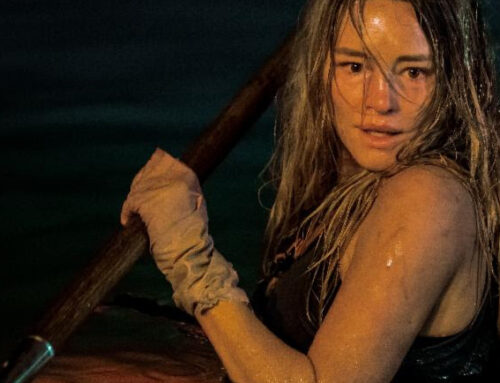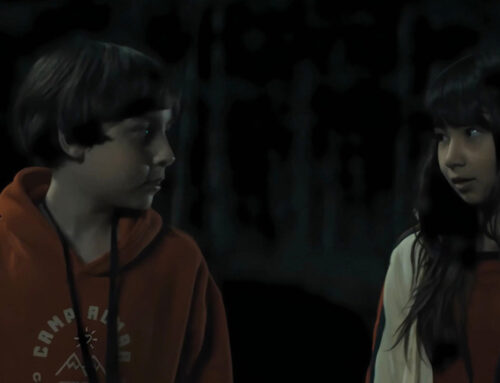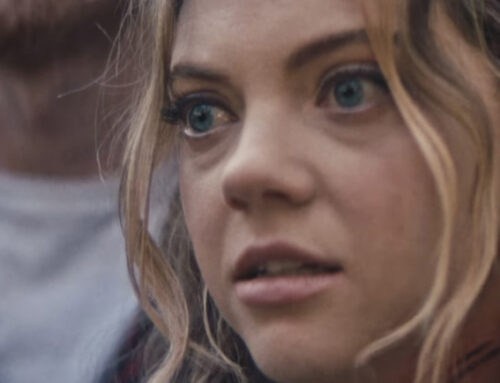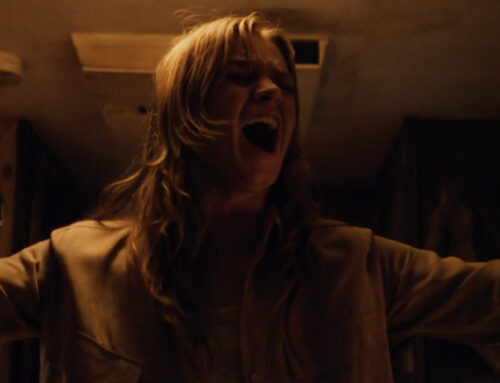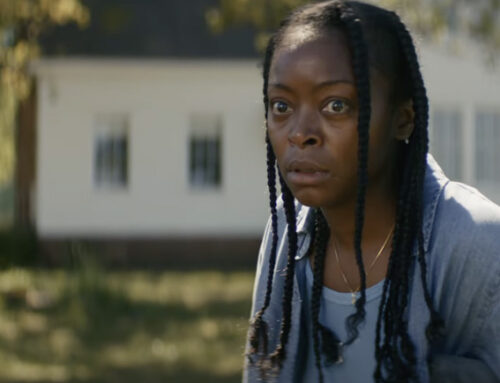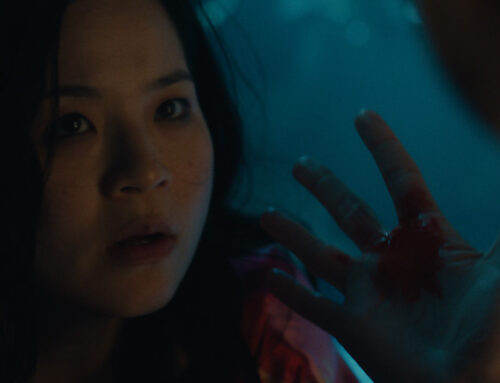It was sometime early in the summer between kindergarten and first grade when my mother decided that I wasn’t going to spend my well-earned vacation playing endless amounts of Super Mario Brothers. She disappeared for a while that night when my father got home from work and came back with a stack of books. It became apparent that, even without a formal summer reading list, I had summer reading to do. Little did she know this would lead to my Horrific Origin in the near future, but who could have?
In that stack were two kinds of books: Encyclopedia Brown and Choose Your Own Adventures. My mother probably assumed that I would be resistant to the idea of reading for fun, but it became clear that wasn’t going to be the case. I quickly polished off the Encyclopedia Brown books (I never solved a single case) and adventured and then adventured again with the choose your own adventures. My mother had replaced one addiction with another, be it far more beneficial one. I was hooked on books.
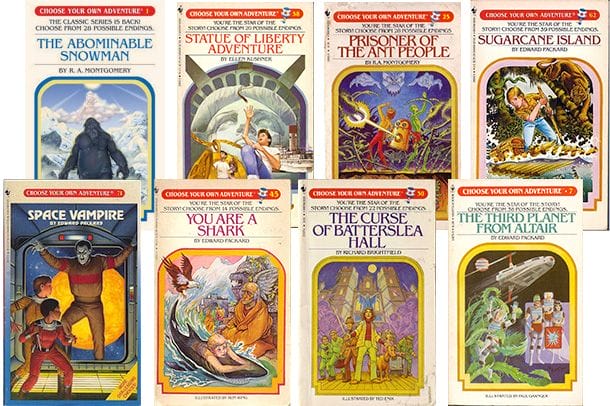
First and second grade are a blur of Roald Dahl and Wayside School and The Boxcar Kids. I read whatever I could get my sticky little kid hands on, and I was finishing books within a few hours. Amongst all of those, I gravitated and soon became obsessed with the horror books. The incredibly vivid covers. The lurid and terrifying stories. I spent my free time pondering the supernatural occurrences in the books, the cursed masks, the ooze drooling ghouls. What would I do if my sister’s dolls came to life in the middle of the night? Very important questions for a second grader.
By the time I got to third grade, my appetite for horror stories had grown beyond control, much like a monster. I wasn’t just satisfied with the kid stuff I was finding at the town library and book store. There had to be something bigger, scarier. That’s when, born of my Horrific Origin, I took one of my biggest risks as a kid. My father was an avid reader as well, and he had a mountain of books on his bedside table that would shrink and grow as he got new ones, finished others. It was a mix of different genres, but there was one very clear, dominant author in that pile: Stephen King.
Even as a kid, I understood the importance and sheer magnitude of Stephen King as a writer. Everybody read his books. Everybody talked about his books and sometimes they talked about the movies based upon his books. People talked about how scary his stories were. I knew, without a shadow of a doubt, that Stephen King would satisfy my growing desire for scarier and weirder.
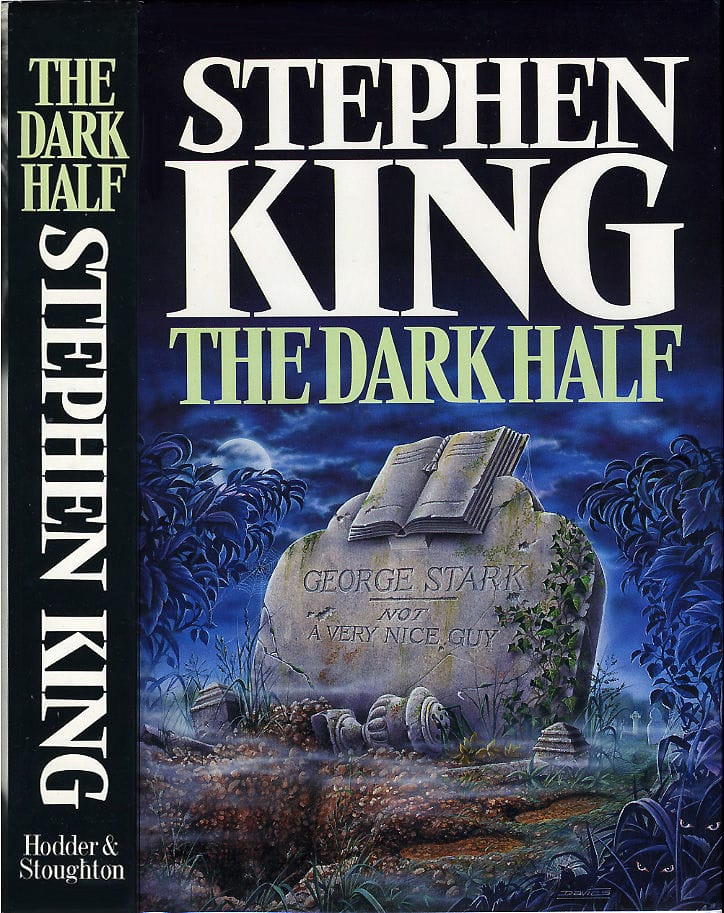
The mountain was a little bit higher than normal, with one book on top with a marker sticking out of the top. I knew it would take some time for my father to finish the top book he was reading, and he probably wouldn’t notice for a while if the mountain was a little bit shorter. I pulled the one from the very bottom: The Dark Half. I quietly walked back to my room, climbed up to the top bunk bed, and cracked open my first Stephen King novel.
There was a particularly grizzly moment early on in The Dark Half that left my jaw on the ground. I won’t attempt to describe or repeat that moment, but suffice to say that it left me flabbergasted. What a demented and marvelous mind to conceive of such imagery!
I wasn’t able to finish the book as quickly as the others, and I think it became apparent to my father that one of the books was missing from his mountain. At dinner one night, he zeroed in on the most likely suspect by asking me what I was reading. It was an innocuous question, one that had become common since I started reading. It was a way for my father to gauge my reading comprehension, as well as a shared bond we had. Like any reasonable kid, I instantly lied to him and told him I was reading a Roald Dahl book.
“Are you sure?” He asked me.
“Yup,’ I replied confidently.
After toying with me for a few more minutes, he asked where the copy of The Dark Half that had been on the bottom of the mountain had went. I shrugged. He glared. I confessed. And then the funniest thing happened.
Instead of demanding the book back, he asked me what I thought of it. How much I had left to read. I felt like an adult, and that may have been a more intoxicating feeling than believing I had stolen the book and gotten away with it. It felt great to have it out there in the open, to not have to shove the book under my pillow any time I heard someone walking towards my room. So, I spilled the beans on my Horrific Origin and talked about what I liked. That it was the scariest thing I had ever read, and I wanted more. My mother look horrified.
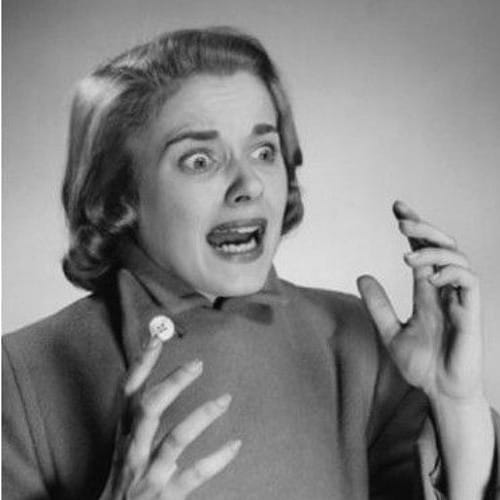
When she gave me the Encyclopedia Brown books those three summers ago, she clearly didn’t think it would result in me sneak reading a Stephen King novel in third grade. She seemed ready to snatch this away from me, but it was my father who advocated for me to be able to read these books. He promised that, once I finished The Dark Half, he would take me to my aunt’s house. My aunt, according to my father, owned every Stephen King novel ever written up to that point.
I finished the book a few days later, and as promised, my father took me on the short drive to my aunt’s house. I remember it being a cold and rainy night, although this could be more my mind shading the memory for dramatic reasons. My aunt kept her books in the basement, on a couple bookshelves up against the concrete walls of the foundation. I picked out a bunch to read, but there was one that stood out to me in particular: IT.
I’ll never forget the cover of that first edition: The bold red lettering. The picture of those green claws grasping the sewer grate while a paper boat floated to its demise. The sheer weight of a one thousand page book. I had never seen one thousand pages before, let alone attempt to try to read that many. It was an awe-inspiring moment.
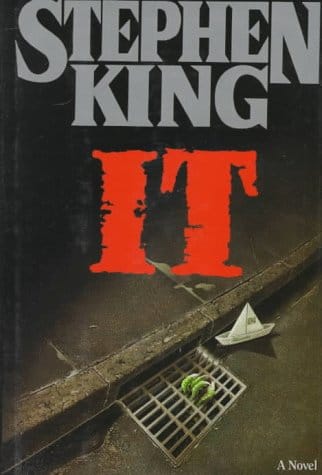
Reading IT became a defining experience for me and crucial to my Horrific Origin. Not just because clowns are terrifying and a monster that adapts itself to whatever is your biggest fear is a different kind of sinister, but because the real horror came from the fact that I recognized my small New England town in the fictional setting of Derry, Maine. I recognized my friends in the Losers. Foul-mouthed but unerring in our loyalty to each other and our appetite for adventure. Every time I walked by a sewer grate, I strained my ears to make sure those unspeakable words were never uttered:
We all float down here.
I didn’t want to float, too.
My town is notoriously home to a large, sprawling state hospital. Built in 1854, the impressive, imposing administration building sits behind two stone pillars with the hospital name spelled out in wrought iron letters. An arrow straight drive way brings you directly to the front door, but has long been blocked off by two concrete barricades. Its most famous resident, Helen Keller, who spent part of her childhood at the the hospital, said her time there was “indecent, cruel, melancholy, gruesome in the light of grown up experience…” A ringing endorsement if there ever was one.
Dotting the land around the hospital campus were large, run-down houses long since boarded up and not fit for human habitation. They were where hospital staff, particularly the physicians lived. My imagination ran rampant at the thought of wild-eyed doctors with long syringes filled with mysterious green liquid. Those wild-eyed doctors would go home to those houses at night and write about their wretched experiments in leather bound books.
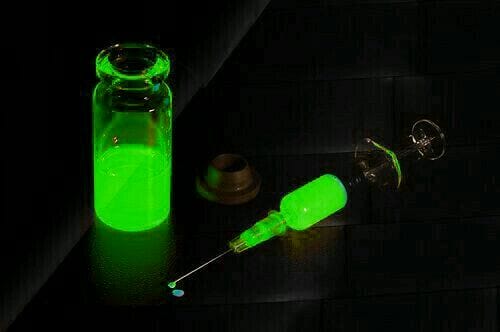
The most troubling component of the hospital was hidden in the woods next to the cornfields. During a journey through those woods in high school to sneak beer, one of my friends tripped on something. We kneeled down to find out what. It was a small rusted iron cross surrounded by what looked like a laurel wreath. In the middle of the cross was a number.
As we explored more, we uncovered more and more of these markers. Obscured by decades of leaves and old earth, it became clear that we were standing on top of a cemetery. This was where the hospital had buried patients for decades. Records would later show that there had been 8,500 burials in what would become known as “The Pines” cemetery, named so for the trees surrounding the burial ground.
It wasn’t the state hospital, or the stone pillars, or the broken down old houses, or even the cemetery full of forgotten souls that made my town feel like something out of Stephen King’s mind. It was across the street from all this gothic horror where the greatest detail was. In the shadow of those stone pillars was two little league fields, where I would go to watch friends play baseball and buy Slushies at the snack shack. It was this small feature that made my town feel like Castle Rock or Derry or Salem’s Lot. The perverse and the strange existing next to the mundane and the nostalgic. It never seemed weird to me until I started reading his books.
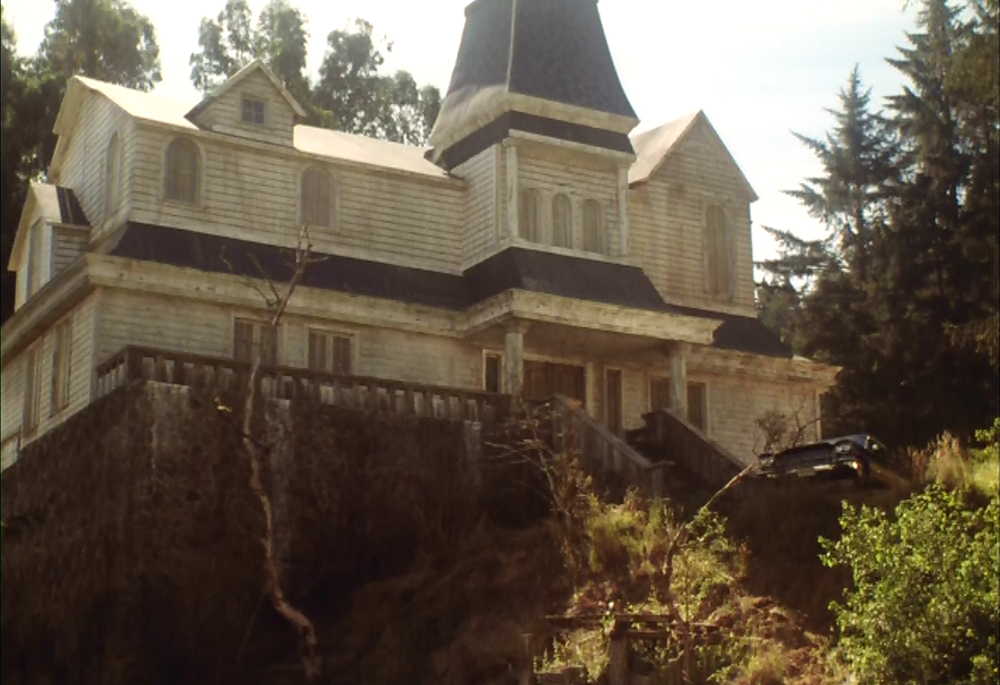
Decades later, and on a completely different coast, I sat down in a movie theater in Buena Park, CA, to watch the first installment of IT. That first part, following the Losers as kids, was everything I had hoped it would be and took me right back to my Horrific Origin. Their friendship and collective resolve to defeat the ultimate form of evil was inspiring and exciting. It struck the perfect chord between scary and romantic. The excitement transported me back to my bedroom, and the first time I opened a book I shouldn’t have. And it was all set against a backdrop that looked strangely familiar.
IT’s success would renew interest in King’s work as source material. There would be a new adaptation of Pet Sematary, Doctor Sleep found its way to the big screen, and The Outsider would draw critical acclaim for HBO. Most interestingly, amongst the slew of post-IT adaptations, came an anthology series from J.J. Abrams called Castle Rock. It billed itself as a series about characters and themes drawn from King’s considerable body of work, but not a direct book to screen transfer of one his stories. It lasted two seasons on Hulu.
While scrolling through social media one day, a local news page breathlessly exclaimed that a Hollywood television show would be shooting in my hometown. I always clicked on these types of articles, forever interested in how the entertainment industry employed my town.
The production? Castle Rock. The location? That very same state hospital, across from the little league baseball fields. It didn’t surprise me. I had known for a longtime I was living in Castle Rock.
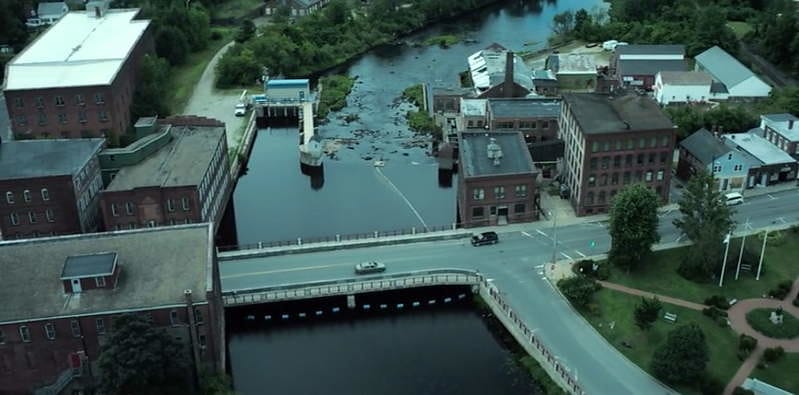
It was King who inspired my life long love of all things horror. It wasn’t just how scary and gruesome his books were, but his understanding of the underlying terror that can come with growing up in small towns. At a time when we were shown the dread and danger of urban living on the nightly news, King pointed out that across the country, there were small places filled with the marvelous and the strange. It made growing up in one of those places a little bit more fun, a little more edgy. I recently went home for the first time in years, and I drove past the hospital and The Pines cemetery. The burial ground has been cleaned up and maintained by concerned local residents. The administrative building still sits behind those large stone pillars.
And now, even as an adult well beyond my Horrific Origin, a shudder ran down my spine wondering what evil lives in the sewer beneath my town.
Tune in next week for another Horrific Origin.
| Horrific Origin – Terror In A Small Town | ||
|
Castle Rock Season 1 Trailer | Rotten Tomatoes TV |
||
|
|
||

